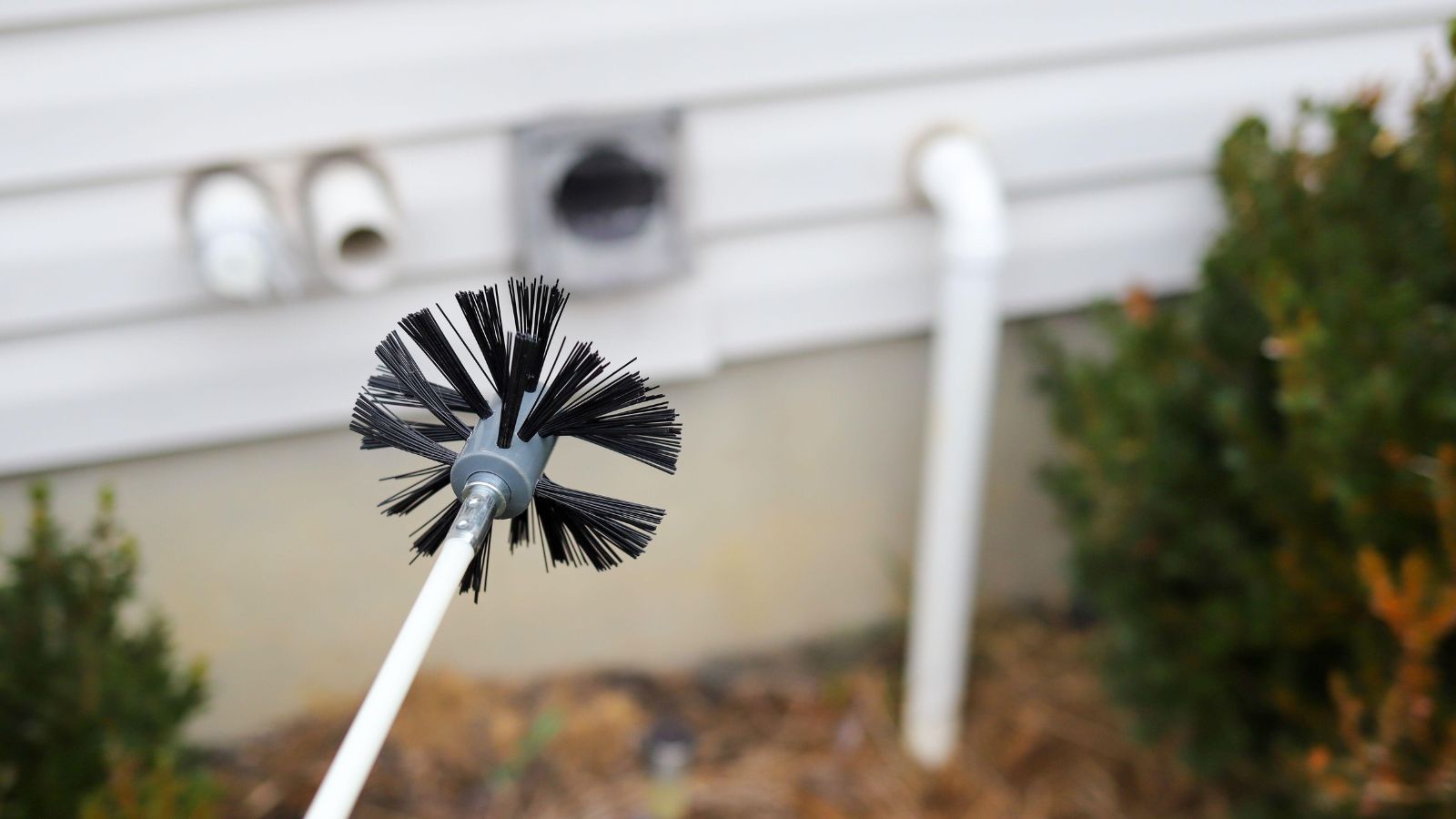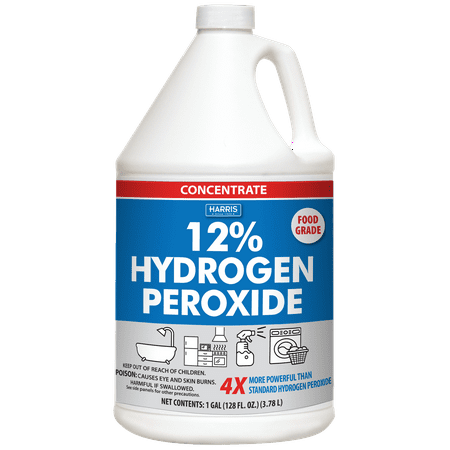How to clean a dryer – 4 steps for a safe, simple clean
Cleaning a fryer does more than ensure efficiency, it prevents fire hazards too, experts warn


Given that we only put clean laundry in our dryers, it seems logical that they wouldn't need cleaning very often. However, damp laundry and lint build-up can leave our dryers full of bacteria and make them potential fire hazards.
While the main concern is cleaning out a dryer vent, cleaning the interior and exterior of the main dryer unit is important to making laundry smell nice and ensuring your clothes stay cleaner for longer after doing laundry, too.
Here are the four steps you need to clean a dryer simply and safely, and why regular cleaning is essential to protect your home.
How to clean a dryer
One of the most common tumble dryer mistakes professionals want you to fix is not cleaning your dryer often enough. Yes, you might only put clean laundry in, but any damp, humid environment (combined with lingering detergent) is prone to developing mold or bacteria.
As such, you should aim to clean a dryer every month at least, cleaning the lint trap out weekly to minimize fire risks and prolong your tumble dryer’s lifespan.
1. Unplug the dryer

Before we can get onto the cleaning tips, it is essential that you unplug the dryer and ensure the gas is disconnected safely, reminds Nick Valentino, of Bellhops. This keeps you safe while you wipe down the dryer and vacuum out the lint traps, he explains.
2. Start with the lint trap

The most important part of a dryer to clean is the lint trap. A build-up of lint can pose a fire risk as high temperatures and floating dust mix in a dry environment.
Design expertise in your inbox – from inspiring decorating ideas and beautiful celebrity homes to practical gardening advice and shopping round-ups.
Ken Doty, cleaning expert and chief operating officer at The Maids recommends taking out the lint trap and washing it with dish soap and hot water, then letting it air dry.
‘If you use dryer sheets and fabric softeners, you should clean the lint trap with an old toothbrush dipped in warm, soapy water to remove lingering residue,’ he adds. ‘Then, use the longest vacuum attachment to get down into the lint trap area and vacuum to remove any residual dust and lint buildup.'
3. Vacuum vent hoses

If you have a vented dryer, cleaning can be a little more tricky. While the dryer is disconnected from the power, remove the vent hose and use either a feather duster or a vacuum hose to clean the interior.
‘Remember to get both the duct in the wall and the one that feeds into the dryer,’ says Nick Valentino, of Bellhops. ‘For heavily clogged ducts or ones that are too long to reach all of, you may need to call professional cleaning services,’ he adds.
4. Clean the main unit with vinegar or hydrogen peroxide

With the lint trap or vent cleaned out, you can finish the job by cleaning the main unit, concludes Ken Doty, cleaning expert. He recommends cleaning with vinegar to degrease and disinfect the exterior of the dryer; ‘scrub the crevices with the toothbrush, then wipe down the dryer with a clean, damp cloth,’ he recommends.
‘To disinfect the inside of your dryer, wipe down and clean with hydrogen peroxide and let it sit for five minutes,’ he recommends. ‘You don’t need to wipe away the alcohol; it will evaporate and still leave a germ-killing layer.'
5. Don’t neglect the sensor

It is not just the drum that needs careful attention when cleaning a dryer. The drying sensor usually sits on the inside of the drum near the door, and it is a key component of the dryer. Cleaning this efficiently will reduce how long your dryer has to run for, helping you to cut energy bills and prolong the life of your dryer.
To clean the sensor, wipe the metal sensor bars with a cloth dampened with white vinegar and dry off with a clean, dry lint-free cloth.
FAQs
How do you clean ink out of a dryer?
If you accidentally get ink in your dryer, don't fret. It can easily be removed by washing the area with a cloth dampened with hydrogen peroxide. Scrub the stain in small circular motions to help lift the ink off of the metal drum. The rubbing alcohol will break down the ink or dry and lift it away from the drum.
How do you clean a dryer that smells?
If your tumble dryer has started to smell, cleaning with vinegar is your best bet. Vinegar helps to break down odor molecules to leave behind a fresher scent. Spray the drum evenly with vinegar and leave it to sit for five to ten minutes before wiping away and drying the drum. Remember to clean and dry the lint trap and filters too to prevent lingering odors.
How do I know if my dryer is clogged?
If you have not cleaned your dryer for a long time, it can become clogged. A clogged dryer will usually take a lot longer to dry your laundry, your clothes might come out of the dryer still damp, it might smell musty while on, or it runs very hot. If you notice any of these signs of a clogged dryer, you should stop using the dryer immediately and clean it to mitigate the chance of a house fire.
Cleaning a dryer is just one step in ensuring your laundry comes out in top condition every cycle. Cleaning a washing machine monthly is also important to keeping your clothes and linens looking – and smelling – their best.
Next, learn the reasons why your dryer isn't spinning in case disaster hits.

Chiana has been at Homes & Gardens for two years and is our resident 'queen' of non-toxic living. She spends most of her time producing content for the Solved section of the website, helping readers get the most out of their homes through clever decluttering, cleaning, and tidying tips. She was named one of Fixr's top home improvement journalists in 2024.


